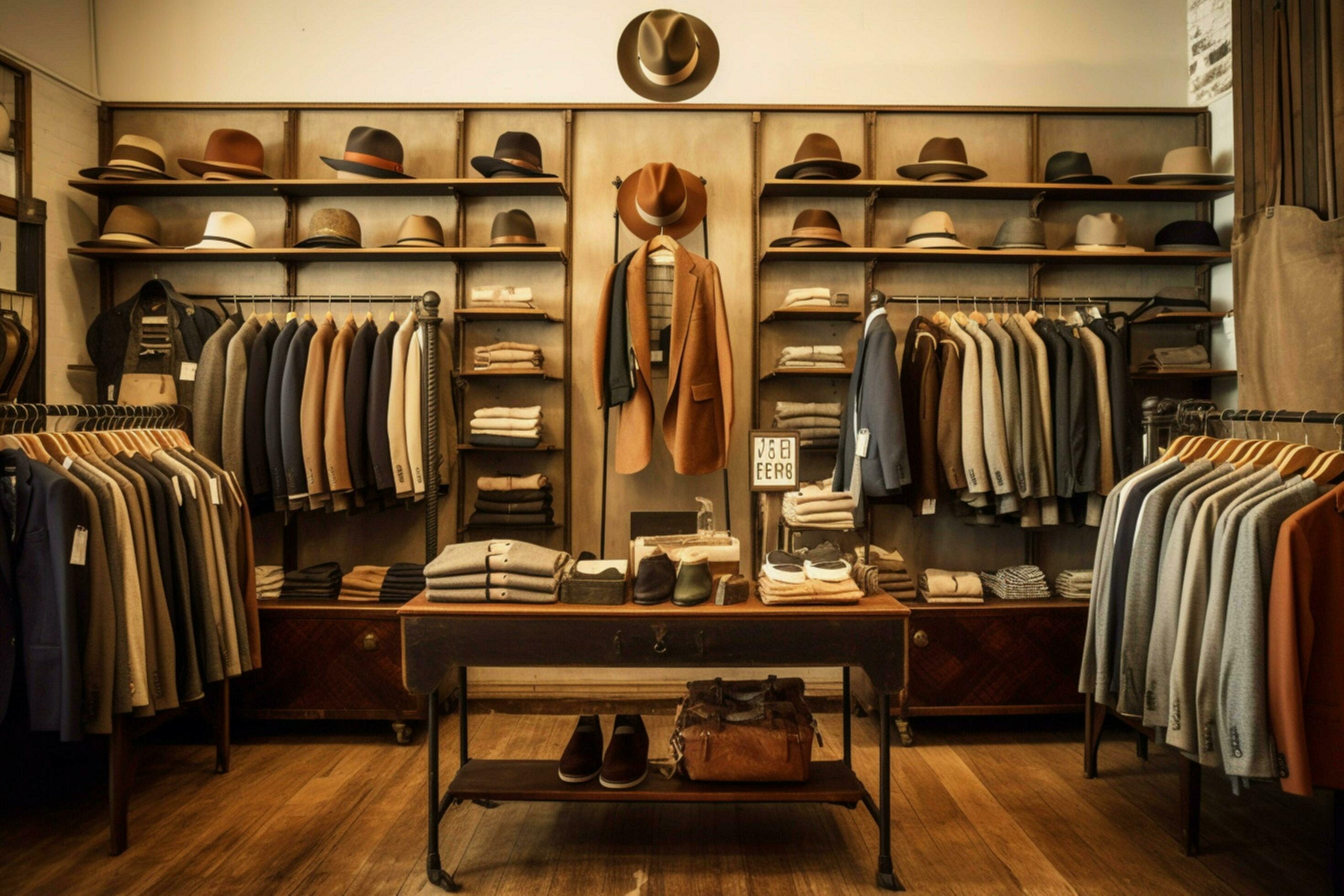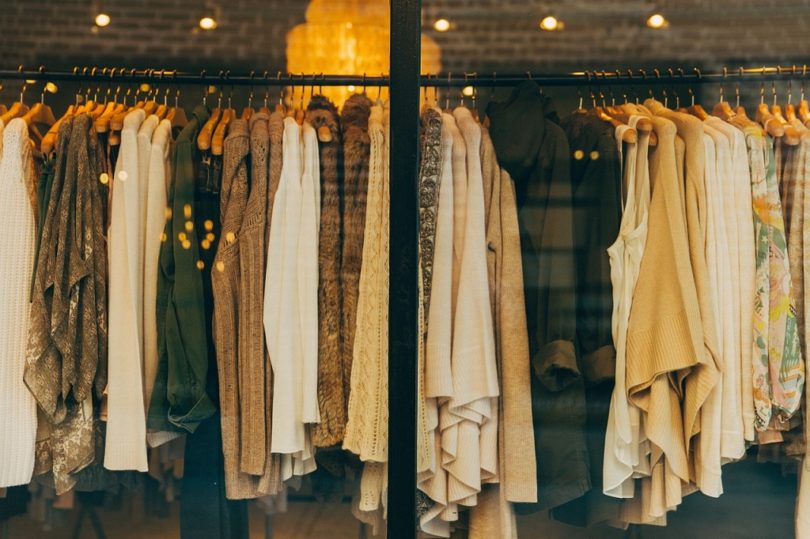A Deep Study the World of High-Fashion Runways: Understanding Apparel as Art
High-fashion runways have emerged as fields where apparel transcends its practical beginnings, developing into an advanced form of creative expression. Designers, similar to masterful musicians, weave intricate stories with shade, material, and form, redefining and challenging conventional norms beauty criteria. These programs are greater than mere screens; they are immersive experiences, where every stitch and seam narrates rich with cultural importance and avant-garde innovation. As we discover these sartorial spectacles, we must consider: what role does style play fit social worths, and how does it reflect the ever-changing tapestry of human emotion and identification?
The Advancement of Runway Shows
The trajectory of runway shows has transformed substantially over the decades, developing from special industry events to captivating spectacles that blend style with art. Generally, runway shows made love affairs, held in ateliers or tiny locations, largely participated in by customers and sector experts. These early discussions focused on the garments' workmanship and commercial practicality, supplying a practical and direct screen of seasonal collections.
As the style sector broadened, the nature of path programs started to alter. The 1970s and 1980s noted a turning point, with developers seeking to distinguish themselves with more theatrical discussions.
In the last few years, technology and social media have actually further changed path shows, making them easily accessible to a worldwide audience. Livestreaming and digital systems have democratized fashion, permitting fanatics worldwide to witness these events in real-time (boutique fashion). This advancement mirrors a wider social shift, where high-fashion runways function as a vibrant crossway of performance, development, and design
Designers as Visionary Artists
Just how have developers transcended their roles to become visionary artists? Designers in the high-fashion market have blurred the lines between functional garment creation and the theoretical world of art. This makeover appears in the method they approach their collections, not simply as clothes but as extensive expressions of emotion, society, and identification. By accepting artistic disciplines such as sculpture, paint, and avant-garde setups, designers craft garments that test conventional fashion norms and raise them to art types.
Visionary developers draw ideas from a myriad of sources, including abstract art, historical referrals, and personal narratives. They possess an unique capacity to imagine and materialize concepts that push the limits of standard style, typically redefining visual standards at the same time. This imaginative resourcefulness is showcased through dramatic silhouettes, innovative materials, and detailed workmanship, which welcome audiences to experience fashion as more than just wearable things.
Moreover, the runway functions as a canvas for these musicians, where illumination, songs, and set layout coalesce to develop immersive experiences. These discussions are not just display screens of apparel yet are orchestrated performances that stimulate emotion and prompt idea, attesting the developer's role as a true artist in the contemporary cultural landscape.
Cultural Impacts in vogue
Social tapestry weaves its complex patterns into the material of style, influencing developers internationally. The dynamic interchange of cultural tales, practices, and more information symbols informs and motivates collections that grace high-fashion runways.
The impact of society on fashion is often seen in the reinterpretation of conventional garments and patterns. As an example, the usage of Japanese robes, Indian saris, or African prints in contemporary style mirrors a blend of social authenticity and modern aesthetics. Designers such as Valentino's Pierpaolo Piccioli and Alexander McQueen's Sarah Burton have actually been understood to incorporate rich social motifs right into their couture collections, equating history into wearable art.

Advancement in Material and Style
Advancement in fabric and design continually reshapes the landscape of high-fashion, pressing borders and redefining possibilities. Developers are significantly exploring the integration of innovation, such as 3D printing, which permits for the creation of intricate structures that were formerly unthinkable.
The fashion industry is seeing a surge in the use of eco-friendly products, acquired from recycled plastics, natural fibers, and also eco-friendly elements. Developers are welcoming these materials to craft garments that are both aware and aesthetically striking of their eco-friendly impact.
In regards to style, experimental kinds and avant-garde shapes are continuously reinventing the runway. By including innovative methods and unconventional materials, designers grow garments that blur the line between style and art, establishing brand-new standards for creative thinking and expression in the high-fashion sphere.
Influence of Style on Society
Fashion possesses a profound influence on culture, working as both a representation of cultural identification and a stimulant for social adjustment. Via its development, style has actually mirrored societal shifts, encapsulating the zeitgeist of numerous eras. As an example, the flapper dresses of the 1920s symbolized a newfound feeling of women's freedom, while the vibrant prints of the 1960s resembled find more information the advanced spirit of the time. High-fashion paths, specifically, function as platforms for tough standards and redefining elegance criteria. Designers utilize these venues to attend to pushing social issues, from sustainability to variety, therefore forming public discourse.
Additionally, style has the power to bridge cultural gaps, fostering understanding and recognition amongst diverse groups. As globalisation speeds up, the cross-cultural exchange of style concepts comes to be increasingly substantial, promoting inclusivity and variety. The increase of streetwear, stemming from urban subcultures, shows just how style can go beyond socio-economic borders, granting people a way of self-expression and empowerment.
Fundamentally, fashion is not merely about aesthetics; it is a dynamic force that influences values, mindsets, and societal progress (boutique fashion). By continuously engaging with social and cultural currents, fashion continues to be an important part of the collective human experience

Conclusion
High-fashion paths act as dynamic sectors where clothes transcends functionality to become a meaningful art form. Developers, similar to visionary musicians, click to find out more manage collections that show identification, feeling, and social narratives, testing typical appearances. The blend of cutting-edge textile and layout, coupled with sophisticated set designs, lights, and music, develops immersive experiences that celebrate multiculturalism. This intersection of fashion and virtuosity not only mesmerizes audiences globally yet additionally influences societal perceptions and promotes a deeper recognition for cultural diversity.

Cultural tapestry weaves its detailed patterns into the material of style, affecting designers around the world.Fashion possesses a profound impact on culture, serving as both a reflection of social identity and a catalyst for social change.